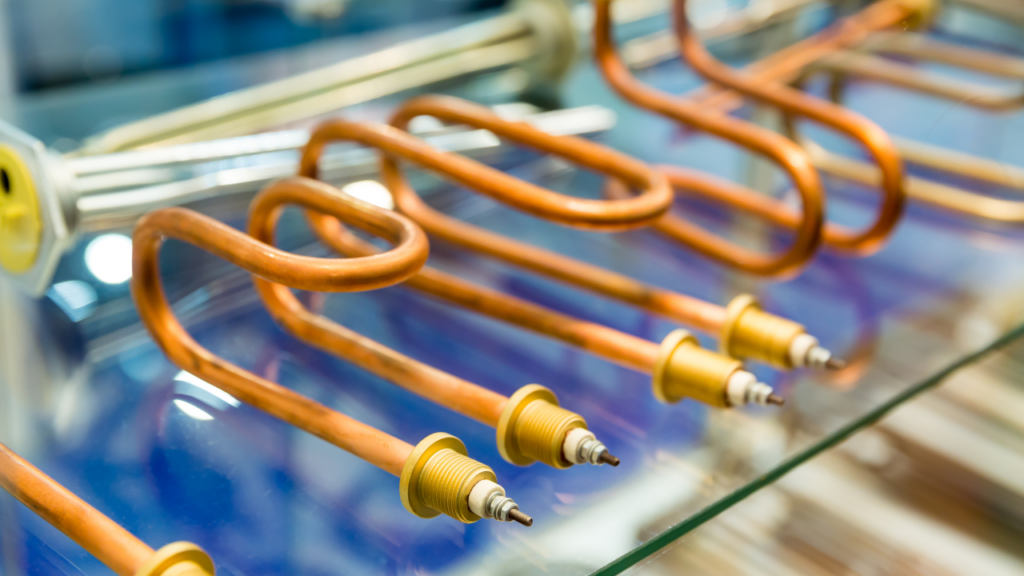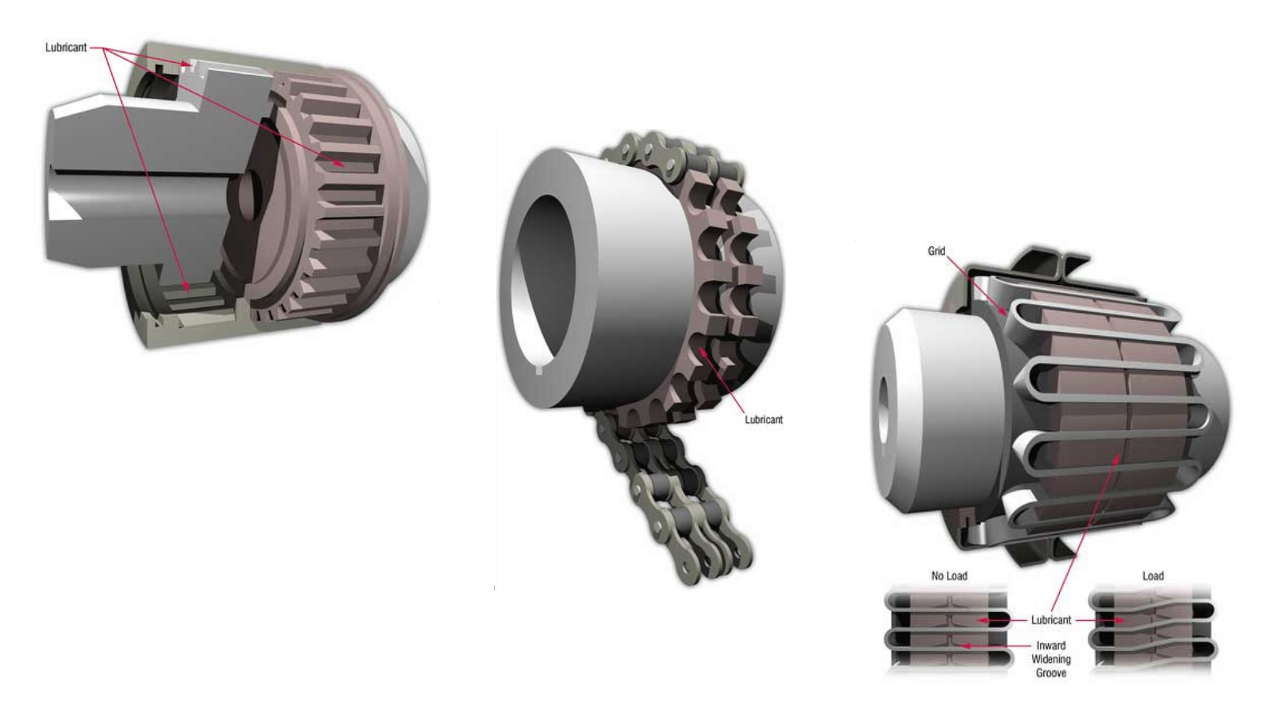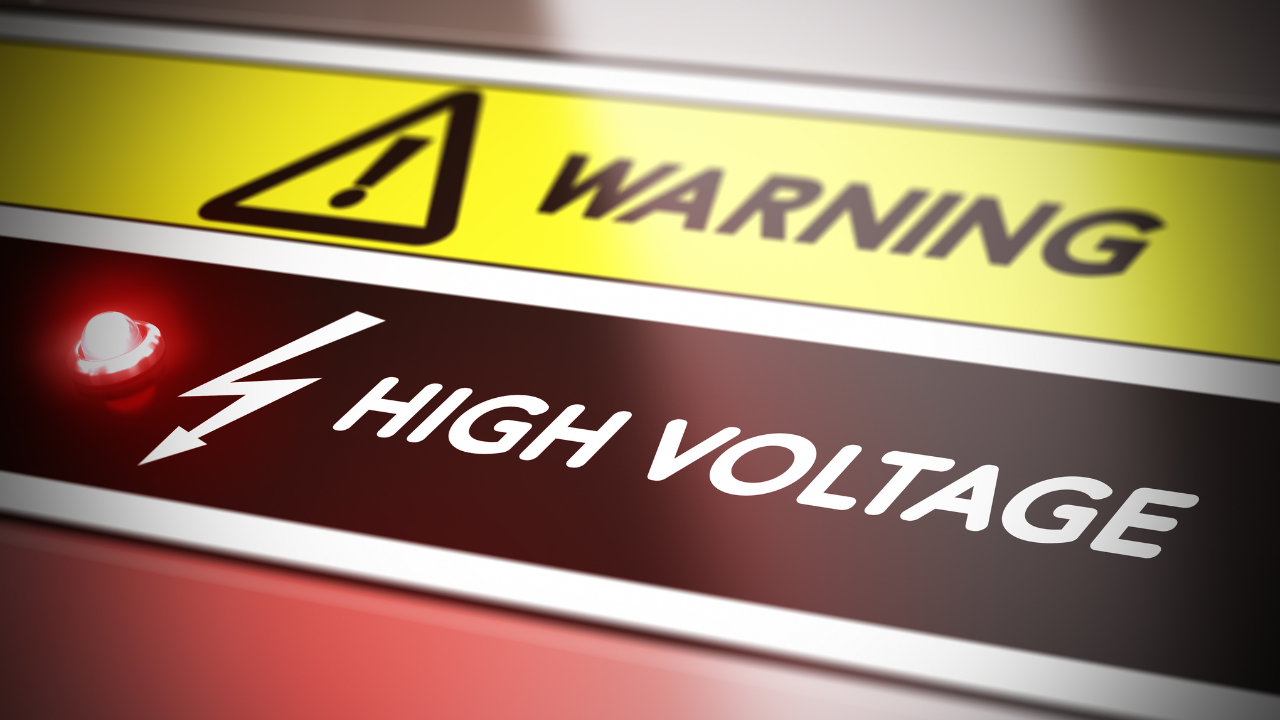Gas or Electric: Which Fuel Source is Right for You?
Jamie Tuinstra of Modine Manufacturing
Posted 1/23/2024
Gas or electric. Which fuel source is right for you? Once temperatures begin to drop in the winter, it’s important for commercial facilities to have a heating solution in place to keep operations running smoothly and comfortably. Whether you are a manufacturing plant, warehouse, or restaurant, conditions should be optimal for employees, customers, and even vulnerable equipment. Mechanical HVAC heating units can be the difference between being very productive in the winter and seeing profits fall and turnover increased due to uncomfortable conditions.
Picking a solution to properly heat your facility can be tough. Do you go with a spot heating solution or a space heating solution? When deciding on the heating solution for your facility, it’s important to consider the type of fuel source required to power the unit. This should be determined by the space you are trying to heat, the climate, and the region where you operate.

Gas-Powered Solutions
Natural gas and propane-fired heating solutions remain some of the most popular options for commercial facilities in many parts of the United States. The vast majority of buildings have the ability to run on natural gas or propane fuel. This fuel source is readily available.
In addition to cold weather regions, gas-powered units are also more optimal for larger warehouse and manufacturing operations. Due to the relatively cheap nature of gas and propane, it’s going to be more efficient for warming the entire facility. Even in wide-open spaces, such as an Amazon warehouse, one would lean toward gas-powered solutions because they can provide ample heat to warm the space without breaking the bank. Burning those fuels may be much more cost-effective for the company to heat the space throughout the winter months.
If there was a slight tradeoff for gas-powered units, it would come in the maintenance department. Since these solutions burn fuel into the heat exchanger, maintaining and servicing the equipment can be a little more time consuming. You have to make sure it’s clean. Developing a plan that includes an inspection of the unit is paramount. The metal on the unit must be inspected for potential cracks and rusting, sensors have to be checked and cleaned, and gas pressure has to be checked and maintained at a safe level.
While maintenance may be a little more involved, gas-fired solutions are still one of the most popular options for heating solutions.

Electric Heating
While the cost of natural and propane gas is relatively cheap, the opposite can be said about electricity pending on the region. Electric heating solutions can be fairly expensive to run, but it’s also very clean and 100 percent efficient. If the commercial operation is in the South, electric heating solutions may be optimal because there isn’t a need for large amounts of heat during the winter as opposed to colder states like Minnesota or Wisconsin.
Electric units are also easy to install. Since there are no fumes to vent, there is no need for pipework. The only thing that is needed to power the unit is an electrical circuit. Also, since these units don’t burn fuel, some may consider these safer to use than their natural or propane-fired counterparts. This is one of the reasons some states are pushing for more electrification within their borders.
Maintenance on these units is also simpler than gas-powered units. With electric units, most of the units use an electric strip or an element that heats up, and then an air mover pushes the heat off that element into the space. Most of the maintenance required for these units is removing all the dirt, dust and debris built up on the unit.

Heating the Facility: Gas or Electric
While we’ve discussed the two main fuel sources for heating solutions, ultimately, your fuel source is going to be determined by the area’s climate, the amount of heat that’s required for the facility, and your budget. As previously mentioned, natural and propane gas is readily available and cheaper than electric heating. At the same time, electric heating solutions are easier to install and 100 percent efficient. It all depends on what’s available and what the facility owner is looking for in operation costs from month to month. There are pros and cons to both fuel sources, but the most important aspect is providing a conditioned space in the winter that leaves employees and customers satisfied and comfortable.
We hope this article helps you decide between gas or electric heating.

Jamie Tuinstra
Jamie Tuinstra is a product manager at Modine Manufacturing. He has been in the heating and cooling industry for 25 years and with Modine for 16. At Modine, we are engineering a cleaner, healthier world. Building on more than 100 years of excellence in thermal management, we provide trusted systems and solutions that improve air quality and conserve natural resources. More than 11,000 employees are at work in every corner of the globe, delivering the solutions our customers need, where they need them. Our Climate Solutions and Performance Technologies segments support our purpose by improving air quality, reducing energy and water consumption, lowering harmful emissions and enabling cleaner running vehicles and environmentally-friendly refrigerants. Modine is a global company headquartered in Racine, Wisconsin (USA), with operations in North America, South America, Europe and Asia. For more information about Modine, visit www.modine.com.
Related Articles

The Lubrication Requirements of Couplings

Electrical Hazards

Eye Injuries are a Serious Threat to American Workers

Human Factors: Beyond the "Dirty Dozen"

Hydraulic Systems Safety





